Dropshipping is picking up serious momentum in the Philippines, thanks to a young, tech-savvy population, growing eCommerce activity, and platforms like Shopee and Lazada making online shopping more accessible than ever.
Whether you’re launching your first store or looking to streamline operations, the right supplier can save you time, money, and customer complaints.
But with so many platforms out there, from local niche vendors to global print-on-demand networks, it can be hard to know where to start.
So we’ve done the research for you.
In this post, we’ll talk about the top 17 dropshipping suppliers in (and for) the Philippines, along with what they’re best known for.
| Supplier | Best For | Region/Scope |
| NicheDropshipping | Private label dropshipping and niche sourcing | Global |
| CJDropshipping | Wide product variety with warehouse support | Global (includes PH shipping) |
| Lazada | Local fulfillment and access to PH market | Philippines |
| Alibaba | Wholesale sourcing with negotiation options | Global |
| AliExpress | Entry-level dropshipping with wide categories | Global (ships to PH) |
| FashionTIY | Apparel and beauty with factory pricing | Global |
| Bags on Demand | Niche bag dropshipping with no MOQ | Philippines |
| MamaBearPH | Mother and baby product niche | Philippines |
| Lynns Fashion Store | Women’s RTW clothing from a local supplier | Philippines |
| Shopee | Local dropshipping with built-in COD options | Philippines |
| Spocket | Premium products from US/EU suppliers | Global (limited Asia coverage) |
| Banggood | Large inventory and global warehouse support | Global |
| eSources | Supplier directory for various niches | UK-based, includes PH suppliers |
| DHgate | Wholesale + local warehouse support | Global (some PH reach) |
| Dropify | PH-based COD dropshipping (Lazada/Shopee focus) | Philippines |
| Printful | Print-on-demand with custom branding | Global (longer PH shipping) |
| Printify | Wide print-on-demand catalog | Global (limited local reach) |
Why Choose Dropshipping in the Philippines?
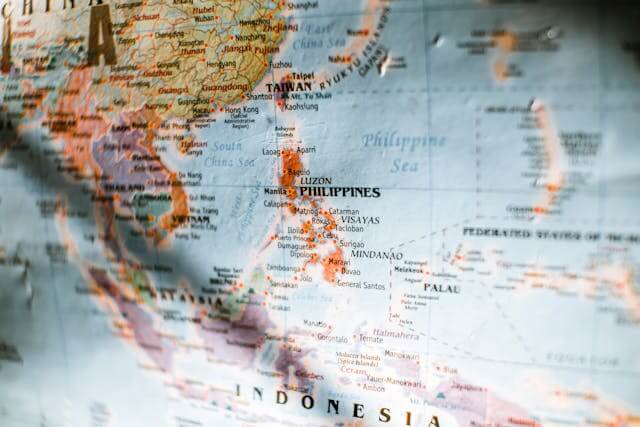
Dropshipping is getting more popular in the Philippines, and for good reason.
The country has a growing eCommerce market, lots of active online shoppers, and major platforms like Lazada, Shopee, and TikTok Shop that make it easier than ever to start selling.
Many people in the Philippines shop using their phones, and social media is a big part of how they discover and buy products.
Plus, since most Filipinos speak English and the country is well-connected to other parts of Asia, it’s a great place to run a dropshipping business, whether you live there or not.
Here are some pros and cons to keep in mind:
Pros of Dropshipping in the Philippines
- English Proficiency: Communicating with suppliers and customers is a lot easier thanks to widespread English fluency.
- Affordable Labor: If you’re outsourcing customer support or admin tasks, the cost is significantly lower than in Western countries.
- Growing E-commerce Market: Platforms like Lazada, Shopee, and TikTok Shop are booming, giving you a ready-made audience.
- Access to Southeast Asian Suppliers: You’re geographically close to major supplier hubs like China, Vietnam, and Thailand. Ideal for fast and affordable shipping.
- No Need for Inventory or Warehousing: Like any dropshipping model, you can start without heavy upfront investment.
Cons to Keep in Mind
- Limited Local Suppliers: Compared to the US or China, the number of reliable Philippine-based dropshipping suppliers is smaller.
- Logistics Challenges: Island geography can make nationwide delivery trickier and slower in rural areas.
- Payment Gateways: International payment systems like Stripe aren’t fully available, so you’ll need alternatives like PayMongo or PayPal.
- Import Taxes: If you’re sourcing internationally, customs and duties can eat into your profit margin.
The Top 10 Products for Dropshipping in the Philippines
Not all products succeed in every market, and in the Philippines, what works best usually hits one of these sweet spots: affordability, practicality, trendiness, or giftability.
Here are 10 categories with proven demand. Plus examples and sourcing angles to help you stand out.
1. Mobile Lifestyle Accessories
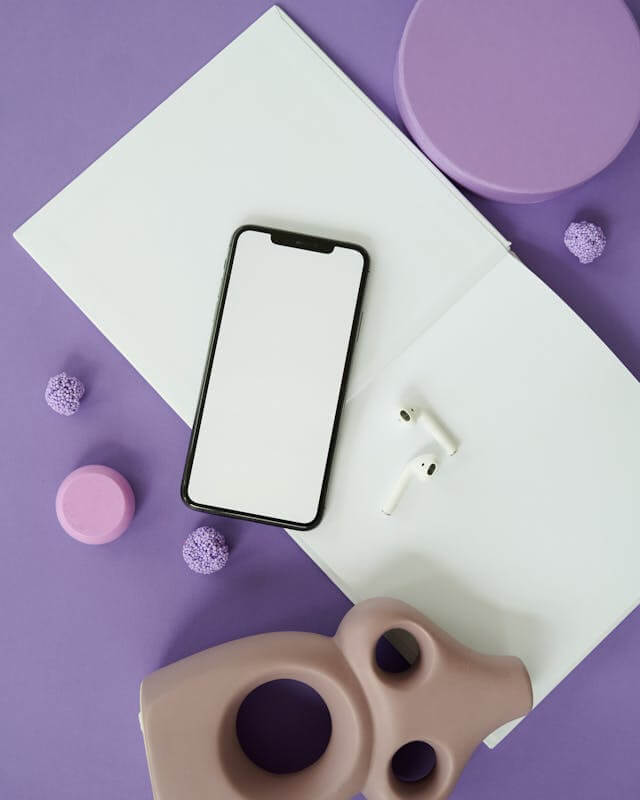
Filipinos spend over 8 hours online daily, mostly on mobile. That’s your cue.
What to sell:
- Fast-charging cables and GaN chargers
- Magsafe accessories for iPhones
- Pop sockets, ring lights, mini tripods
Why it works: Constant usage leads to wear-and-tear, these are repeat buys. Target students and remote workers.
2. Affordable Everyday Fashion
Trendy, comfy, and value-for-money clothing dominates on platforms like Shopee and TikTok Shop.
What to sell:
- Oversized graphic tees, cotton co-ords, ribbed loungewear
- Baggy jeans and Y2K accessories
- Modest wear and plus-size items (underserved niches)
Pro tip: Source from local-style wholesalers in Guangzhou or Bangkok for quicker shipping.
3. Budget Skincare & K-Beauty Dupes

Filipinos love skincare and beauty products, but price matters.
What to sell:
- Niacinamide serums, exfoliating toners
- Cushion foundations, lip tints
- Trending tools: derma rollers, pimple patches
Why it works: Replenishable + TikTok hype = recurring sales. Be transparent with ingredients and supplier quality.
4. Home Space Savers
Small apartments = high demand for smart storage.
What to sell:
- Hanging organizers, foldable drawers, under-sink shelves
- Multipurpose furniture (e.g. shoe racks with bench seating)
- Kitchen stackable containers
Tip: Use lifestyle images in ads to show how space-saving it really is.
5. Pet Essentials with Personality
Pet owners don’t just want function, they want cute and Insta-worthy.
What to sell:
- Portable water bottles, paw-print beds
- Bandanas, birthday kits, grooming gloves
- Litter mats and odor control sprays
Why it works: Strong emotional appeal = high conversion rate. Think birthday gift bundles.
6. Fitness & Wellness Tools

Home workouts are still a thing, especially in urban areas with limited gym access.
What to sell:
- Resistance bands, yoga blocks
- Adjustable dumbbells, massage rollers
- Smart health monitors (low-cost wearables)
Sourcing tip: Choose lightweight items to reduce shipping costs.
7. Aesthetic Home Fragrances
You’re not just selling scent, you’re selling vibes.
What to sell:
- Soy candles in amber jars
- Electric diffusers, reed sets
- Linen sprays with minimalist branding
Why it works: Gifting potential + lifestyle marketing = solid AOVs.
8. Study & Productivity Tools
Gen Z and freelancers are always upgrading their desk setup.
What to sell:
- Acrylic organizers, LED clip lamps
- Wireless keyboards, pastel stationery sets
- Monitor risers, time-blocking planners
Pro tip: Create bundles for student giveaways or influencer collabs.
9. Bags & Organizers for On-the-Go Use
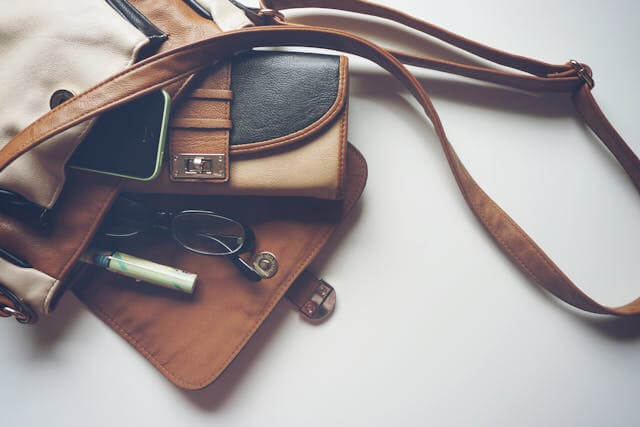
Commuters need function, but TikTok loves style.
What to sell:
- Anti-theft backpacks, foldable travel bags
- Laptop sleeves with cord organizers
- Aesthetic tote bags for daily errands
Why it works: Useful + fashionable = low returns, high engagement.
10. DIY Crafts & Giftables
Filipinos are sentimental, and custom kits sell well around holidays.
What to sell:
- Candle-making and crochet kits
- Scrapbook sets, personalized name stickers
- Build-your-own bouquet kits
Angle: Target birthdays, anniversaries, and Christmas shoppers with curated gift boxes.
17 Best Dropshipping Suppliers in the Philippines
1. NicheDropshipping
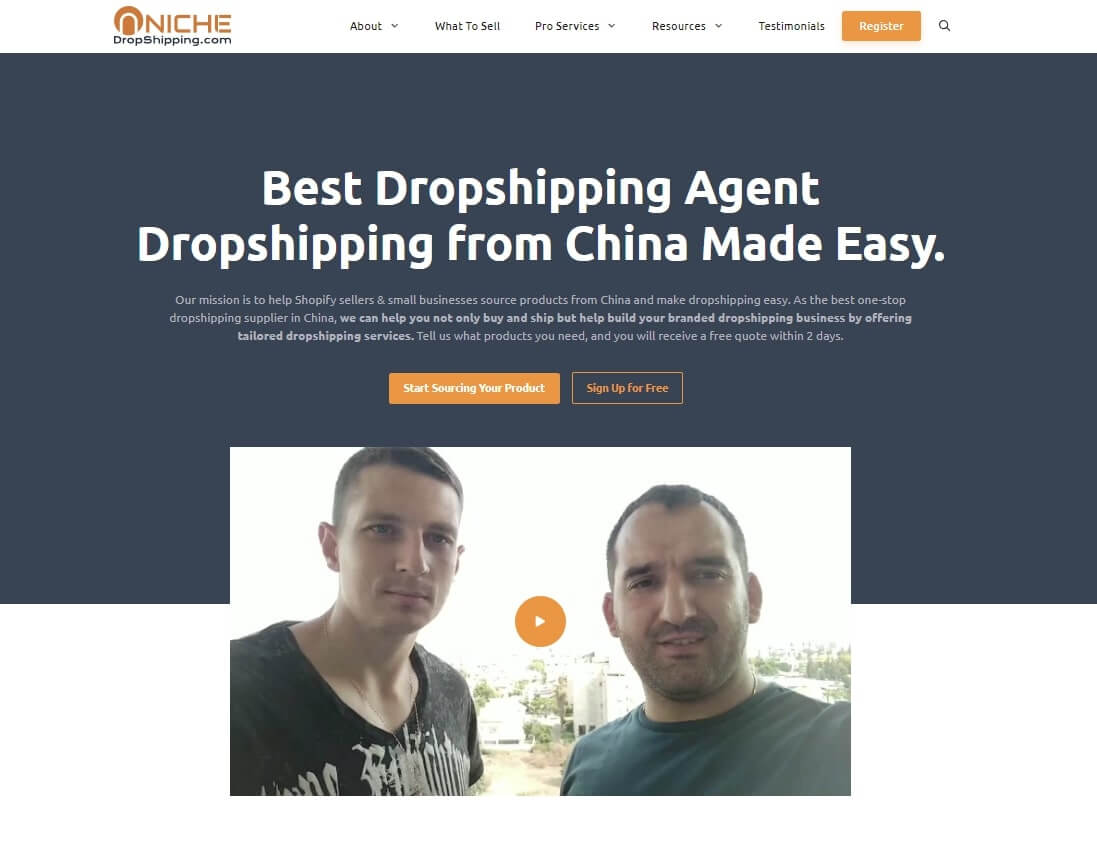
NicheDropshipping stands out as a reliable partner for your dropshipping ventures, specifically catering to niche markets with a comprehensive range of products and dedicated services.
Product Categories
- Fashion, electronics, home goods, beauty, kitchen gadgets, accessories, and more
- Thousands of suppliers across every category
Minimum Order Quantity
One of the key advantages of NicheDropshipping is the no minimum order quantity policy. This enables you to test products in your market without the pressure of bulk purchases.
Key Features
- Warehouse Storage: Offering space to store your inventory.
- Product Sourcing: Dedicated team to source products reliably.
- Quality Inspection: Ensures that every item meets your standards.
- Order Fulfillment: Streamlines the process from purchase to delivery.
Pros
- Flexible Product Sourcing: Find nearly any niche item you’re looking for.
- Support for Branding: Start private label dropshipping with ease.
- Service Quality: Attentive customer service.
Cons
- Shipping Times: While efficient, shipping times can vary depending on the destination.
- Pricing: Costs may be higher for specialized niche items.
Pricing
NicheDropshipping offers free sourcing, and you pay for the product costs and shipping when placing orders.
2. CJDropshipping
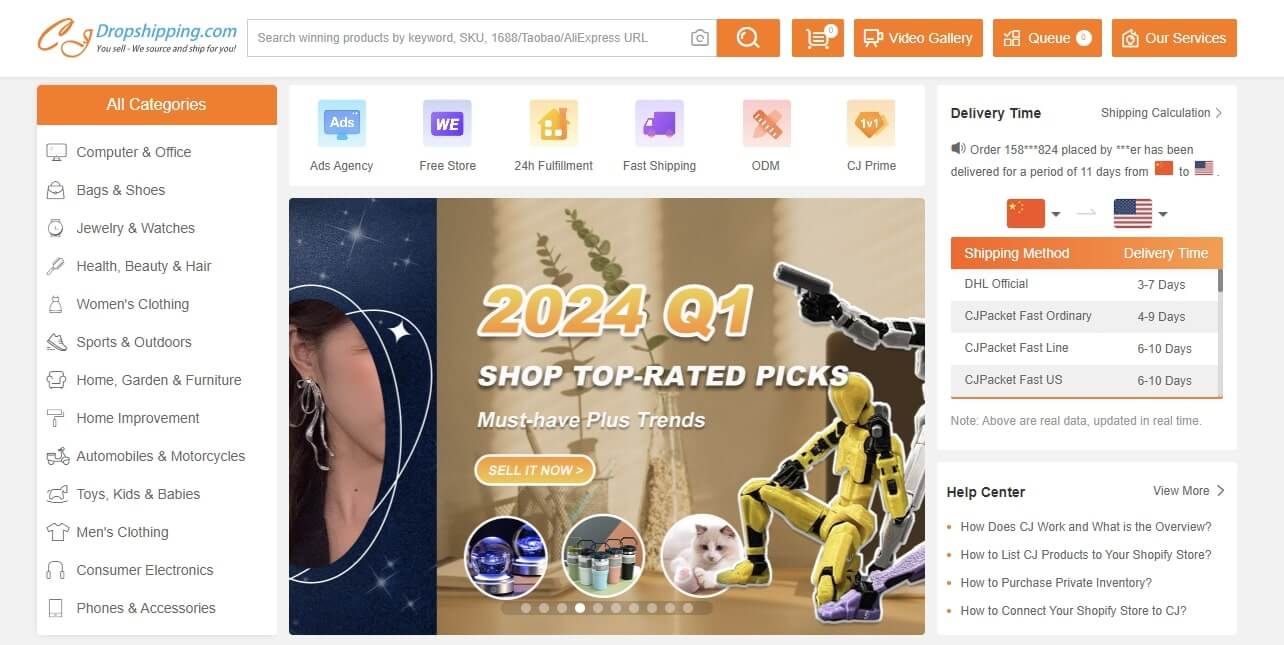
CJDropshipping is a notable option if you’re looking to source a diverse range of products without worrying about high minimum order quantities.
The service is designed to be reliable and supportive for both seasoned online retailers and those new to the dropshipping niche.
Product Categories
With CJDropshipping, you have access to a comprehensive selection of products that span across various categories.
Whether you’re interested in fashion, electronics, home goods, or beauty products, CJDropshipping can accommodate your inventory needs.
Minimum Order Quantity
One of the key benefits of CJDropshipping is its no minimum order quantity policy. This flexibility allows you to test different products in your store without the pressure of committing to large orders upfront.
Key Features
- Warehousing: Store your products in their warehouse for faster fulfillment.
- Product Sourcing: If you have a specific item in mind, CJDropshipping can help source it for you.
- Custom Packaging: Enhance your brand with custom packaging options.
Pros
- Variety of product categories that fit different market niches.
- Responsive customer service that is available to assist with inquiries and issues.
- Integration with popular eCommerce platforms like Shopify and WooCommerce for streamlined operations.
Cons
- While prices can be competitive, some products may have higher costs than other suppliers due to added services.
- Shipping times can vary significantly depending on the location and selected shipping options.
Pricing
CJDropshipping offers a cost-effective structure, with no upfront fees or monthly memberships required. Prices for individual products depend on the suppliers and chosen shipping methods.
3. Lazada

Lazada is a premier online marketplace in the Philippines that offers a vast array of products and a reliable platform for dropshipping. Your advantage in using Lazada lies in its established customer base and comprehensive services.
Product Categories
- Electronics: Ranging from smartphones to laptops.
- Fashion: Includes clothing, accessories, and beauty products.
- Home and Living: Features furniture, decor, and appliances.
- Health and Beauty: Offers cosmetics and wellness products.
- Toys, Kids, and Babies: Covers all essentials for young ones.
Minimum Order Quantity
- MOQ: Typically, no MOQ is enforced, ideal for starting small.
Key Features
- Logistics Support: Efficient delivery services provided.
- Multiple Payment Options: Includes cash on delivery and e-wallets.
- Seller Center: Comprehensive dashboard for managing orders.
Pros
- Wide selection fitting various niches.
- Reliable platform with high traffic.
- Customer service and seller support resources.
Cons
- Competitive marketplace with many sellers.
- Commission fees could be a consideration for your budget.
Pricing
- Listing Fees: No cost for product listings.
- Commission: Varies by category, adjust your pricing accordingly.
4. Alibaba
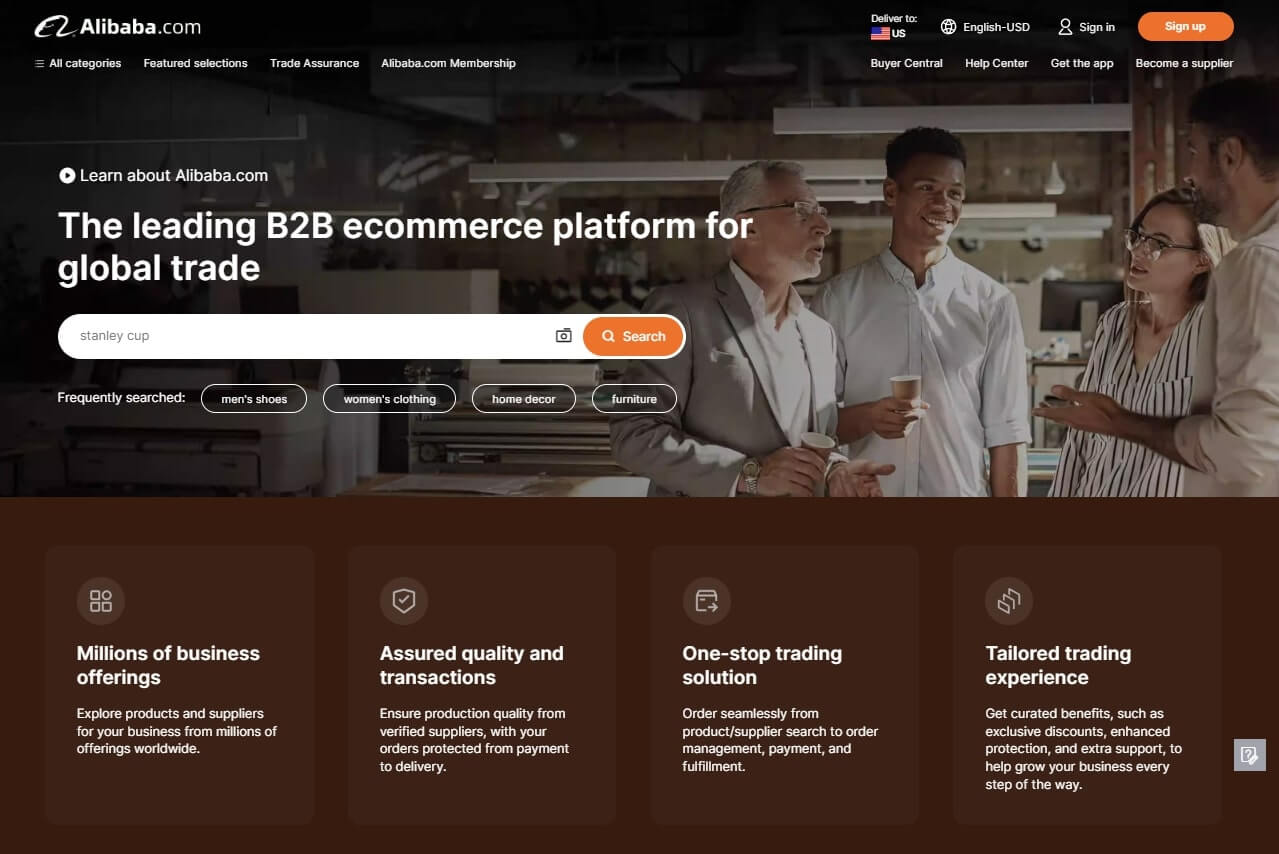
When considering dropshipping suppliers in the Philippines, Alibaba stands out for its vast array of products and global reach. If you’re looking for a supplier that caters to various niches, Alibaba could be a reliable option for your business needs.
Product Categories
Alibaba is home to a plethora of product categories suitable for every niche imaginable.
Whether you’re interested in fashion, electronics, or home decor, you’ll find suppliers offering these products on the platform.
This variety makes it easy to tailor your dropshipping business to suit specific market demands.
Minimum Order Quantity
Typically, Alibaba is known for wholesale operations, which often require a minimum order quantity (MOQ). However, you may negotiate with suppliers directly to find agreeable terms, including reduced MOQs more suited to dropshipping.
Key Features
A key feature of Alibaba is its Trade Assurance service, which provides a layer of protection between you and the supplier, ensuring that your order meets the quality and deadline expectations.
Additionally, Alibaba’s platform includes supplier ratings and reviews, which can help you choose reliable partners.
Pros
- Diverse Range of Suppliers: Thousands of suppliers are at your fingertips, ready to meet the demands of various niches.
- Competitive Pricing: Direct manufacturer access can lead to better pricing and higher profit margins.
Cons
- Complex Negotiations: Navigating MOQ and pricing can be more challenging on Alibaba due to its primarily wholesale focus.
- Shipping Times: Longer lead times may occur, which can affect customer satisfaction.
Pricing
While Alibaba itself does not charge a membership fee, prices for products can vary widely. Negotiation is often required to secure the best possible deal for your dropshipping store.
Keep in mind that you’ll also need to consider shipping costs, which can vary depending on the size and weight of the products as well as the shipping destination.
5. AliExpress
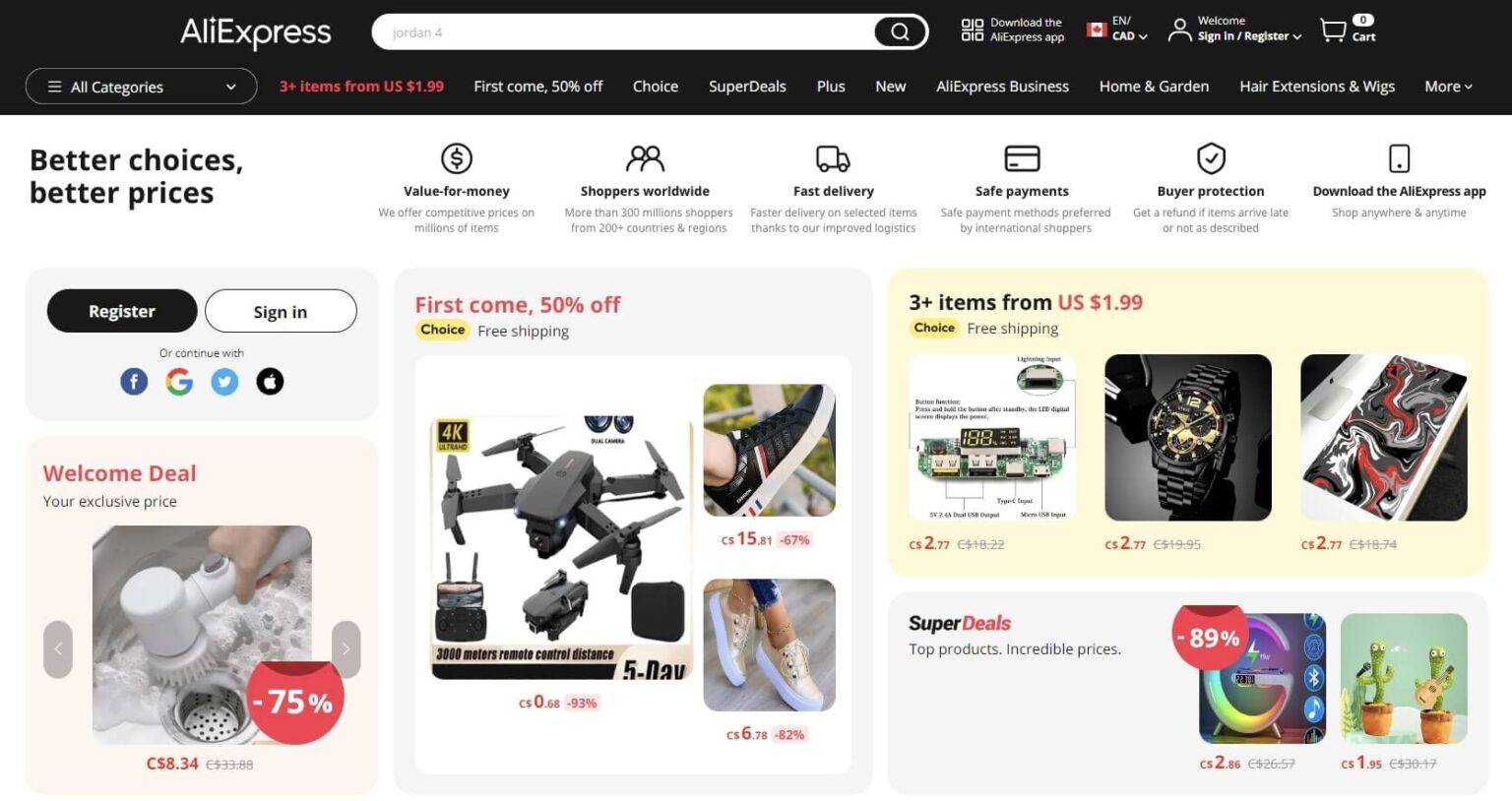
AliExpress has solidified its position as a go-to platform for dropshippers in the Philippines looking for a wide array of products and a straightforward entry into eCommerce.
Product Categories
AliExpress offers an impressive range of products, catering to nearly every imaginable niche. From fashion and electronics to home goods and beauty products, you can find suppliers for various items, often without the need to handle inventory yourself.
Minimum Order Quantity
One of the platform’s key benefits is its no minimum order quantity (MOQ) policy. This allows you to test products in your store without a significant upfront investment, perfect for those just starting out or seeking to expand their product range.
Key Features
One standout feature of AliExpress is its AliDropship integration, which enables seamless synchronization with your sales platform.
Their services include a reliable payment system, shipping to the Philippines, and user-friendly interfaces that make it convenient to manage your orders.
Pros
- Extensive product selection across diverse categories
- Integration with various eCommerce platforms
- Reliable shipping services with tracking information
Cons
- Longer shipping times compared to local suppliers
- Language barriers with some suppliers
- Variable quality across different vendors
Pricing
Pricing on AliExpress is competitive, with options that can fit a range of budgets.
While some products might be priced higher due to branding or special features, there are ample opportunities to find cost-effective items that can yield a good profit margin for your dropshipping business.
6. FashionTIY
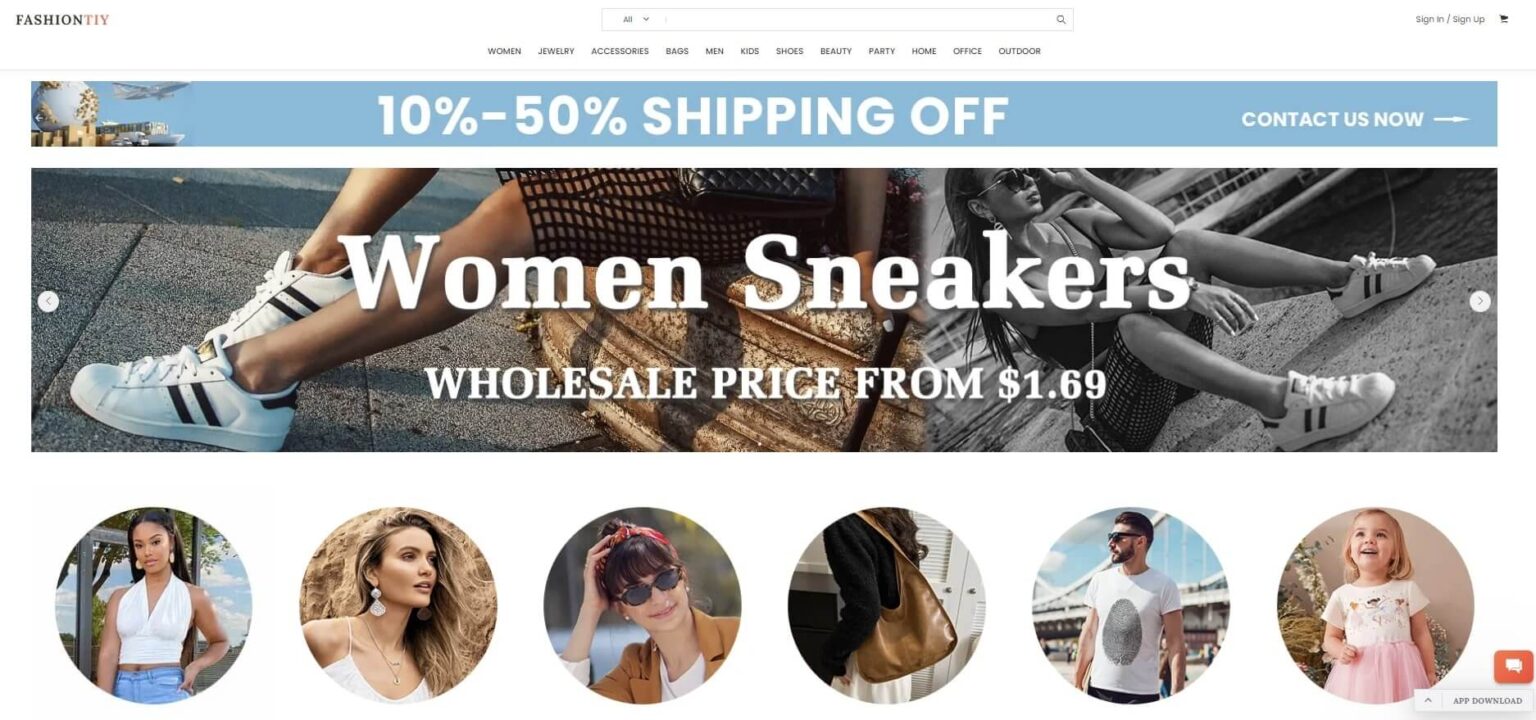
FashionTIY is a noteworthy supplier that caters to your dropshipping needs in the Philippines with a wide array of fashion products. This platform stands out for its commitment to providing a comprehensive solution for resellers in the apparel niche.
Product Categories
- Clothing: Men’s, women’s, and children’s apparel
- Accessories: Jewelry, bags, watches, and more
- Beauty Products: Makeup, skincare items
- Home Decor: A variety of items for home embellishment
Minimum Order Quantity
- No minimum order quantity, allowing you to test the market without significant inventory risk.
Key Features
- Direct Factory Supply: Access to goods straight from the factory.
- Efficient Logistics: Reliable shipping services to the Philippines.
- Diverse Inventory: A wide selection of the latest fashion trends.
Pros
- Extensive range of trendy products.
- Competitive pricing due to factory direct supply.
Cons
- Limited branding options for your dropshipping business.
- Shipping times vary based on product and location.
Pricing
Pricing is flexible and influenced by the type and quantity of products. Shipping costs vary and should be calculated per order.
7. Bags on Demand
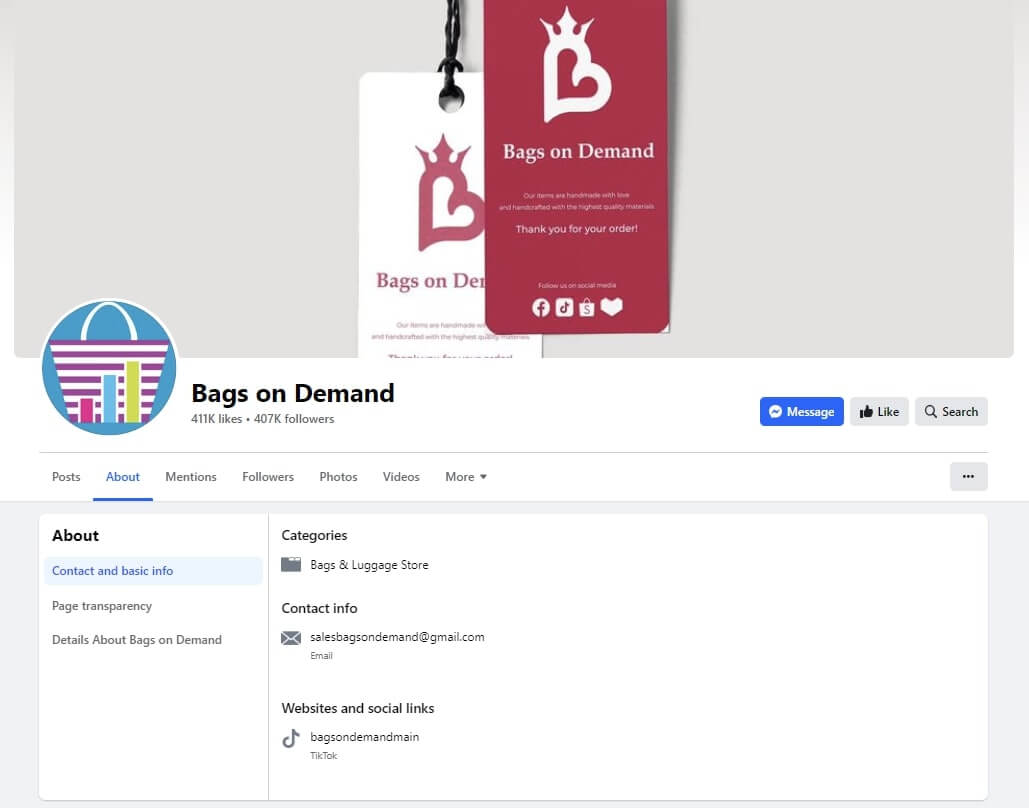
Bags on Demand has built a reputation in the dropshipping market of the Philippines as a specialized supplier of a variety of bags.
Emphasizing reliability in their service, you can leverage their offerings to cater to a niche market looking for quality bag selections.
Product Categories
Bags on Demand focuses exclusively on a diverse array of bags. Their inventory ranges from fashionable handbags to functional backpacks, each designed to meet the current trends and customers’ needs.
Minimum Order Quantity
There is no minimum order quantity at Bags on Demand, making it easier for you to start small and test the market without a significant initial investment.
Key Features
Their service includes a user-friendly ordering system and personalized customer support. They provide a dropshipping model that is reliable, with an emphasis on quick fulfillment and dispatch ensuring customer satisfaction.
Pros
- Wide selection: A broad range of trendy and functional bags.
- No minimum order: Ideal for businesses of all sizes.
- Reliable service: Dedicated support and efficient order processing aid in maintaining your reputation.
Cons
- Niche limitation: Only suitable if your business focuses on bags.
- Dependence on trends: Inventory relevance can vary with changing fashion trends.
Pricing
Pricing with Bags on Demand is competitive, and you can gain access to their price listings once you register as a dropshipper on their platform. They offer a structure that accommodates the scalability of your business needs.
8. MamaBearPH
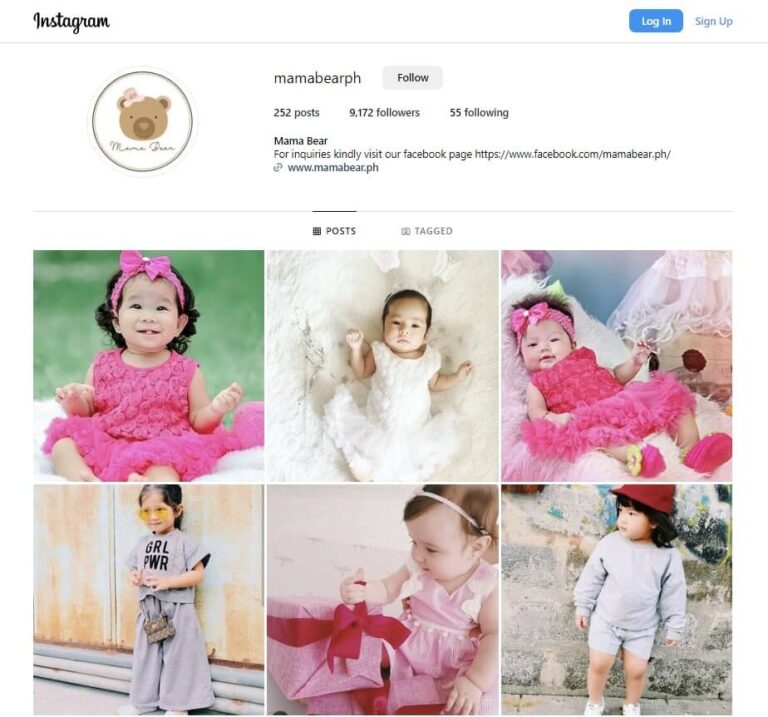
MamaBearPH stands out as a reliable dropshipping supplier in the Philippines, specifically catering to a niche market focused on mother and baby products.
Their service is designed to support small to medium-sized businesses looking to connect with a specialized market.
Product Categories
MamaBearPH offers an extensive range of products that cater to the needs of mothers and their young children. The categories include, but are not limited to, baby gear, maternity wear, toys, and feeding accessories.
Minimum Order Quantity
MamaBearPH imposes no minimum order quantity, which allows you to start small and scale your inventory based on customer demand without the pressure of stockpiling goods.
Key Features
Their key features include real-time inventory tracking, seamless integration with your online store, and personalized customer support to help you navigate any issues or concerns that may arise during the dropshipping process.
Pros
- Specialized niche market products
- No minimum order, ideal for starting and testing the market
- Reliable customer service for a seamless experience
Cons
- Limited to mother and baby products, which may not cater to a broader audience
- Availability is subject to demand, which can lead to occasional stock shortages
Pricing
MamaBearPH’s pricing structure is competitive, offering you a chance to make a reasonable profit margin. Prices are transparently listed on their platform, ensuring you’re fully informed about potential costs upfront.
Please note that specific pricing can fluctuate based on the product and quantity, so it’s advised to check their website directly for the most recent information.
9. Lynns Fashion Store
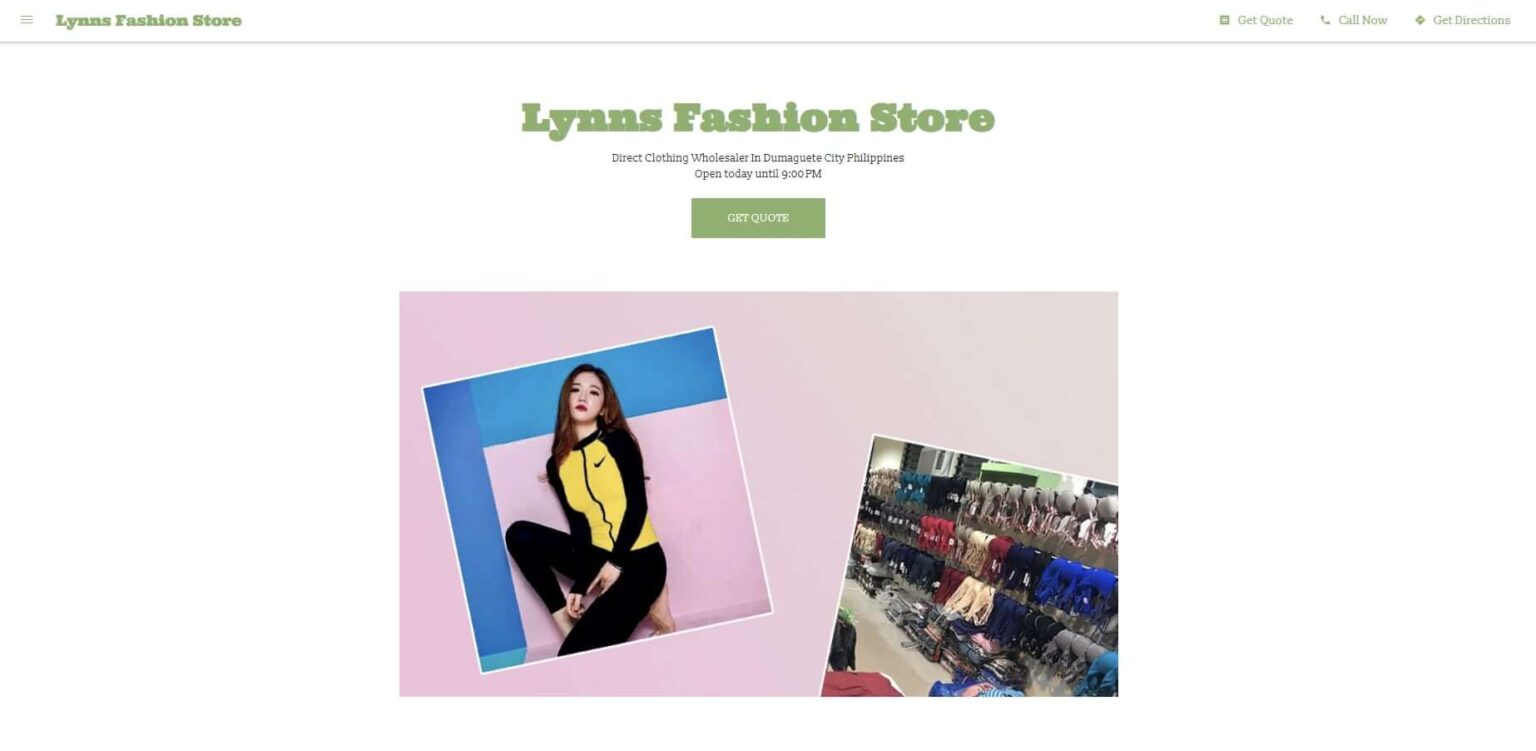
Lynns Fashion Store stands out as a direct wholesale RTW (ready-to-wear) supplier, offering a rich selection of women’s clothing.
Based in Dumaguete City, this retailer provides a personal touch with their services, making them a reliable partner for your dropshipping business in the Philippines.
Product Categories
- Women’s Fashion: Ranging from everyday casual wear to more formal attire.
- Accessories: Includes a variety of fashion add-ons like bags and jewelry.
Minimum Order Quantity
- Retail Orders: No minimum order quantity, welcoming those who are starting small.
- Wholesale Orders: Has specific MOQs depending on the items chosen.
Key Features
- Membership Programs: Offers two different reseller membership options.
- Customer Service: Praised for engaging service and a straightforward purchasing process.
Pros
- Variety of styles catering to different fashion niches.
- Flexible Purchasing: Suitable for both small retailers and larger orders.
Cons
- Limited to the Philippines, which might result in longer shipping times outside the region.
- Less diversity in product categories outside women’s clothing.
Pricing
- Membership fees for wholesale buyers that provide access to special pricing tiers.
- Competitive prices that ensure high margins for your dropshipping store.
10. Shopee
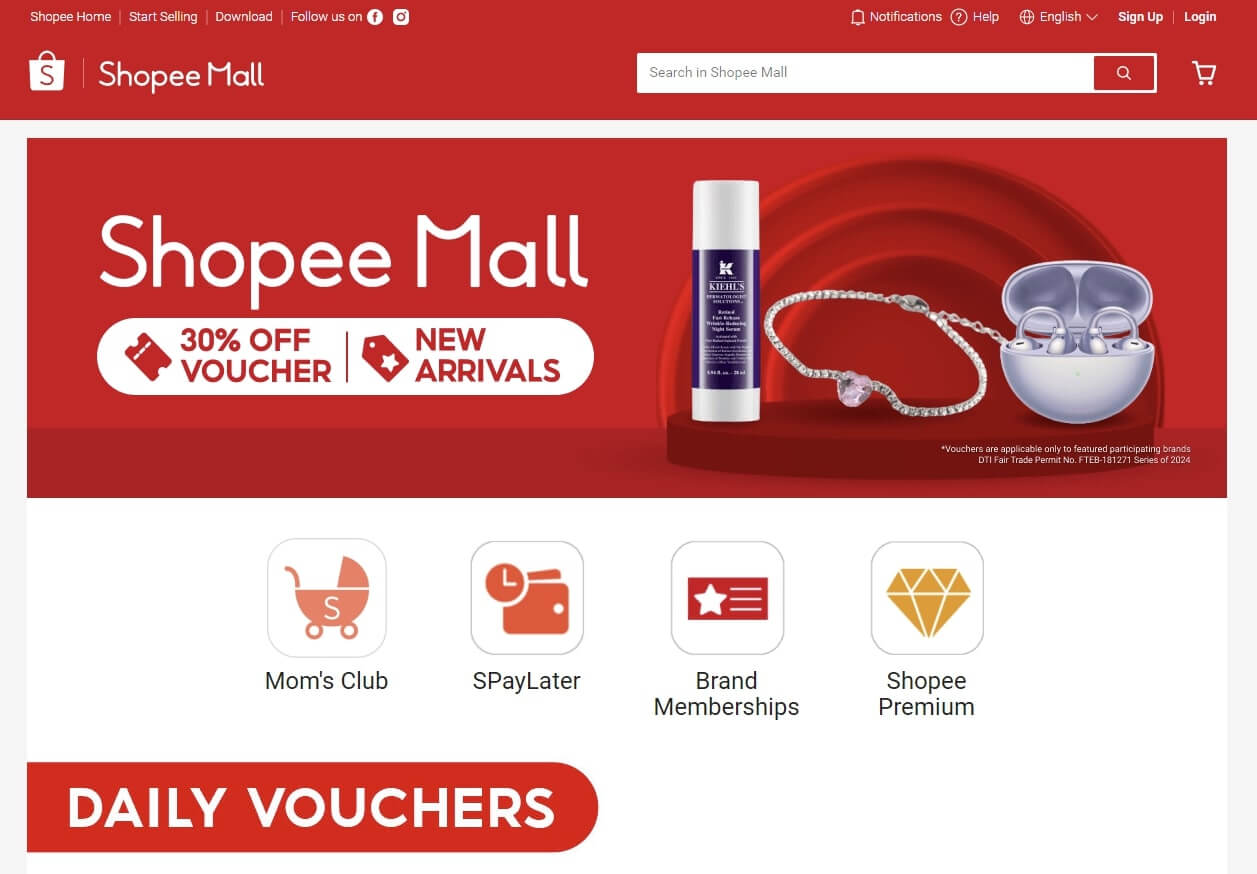
Shopee is a leading eCommerce platform in the Philippines that caters to both individual customers and businesses, including dropshippers.
With a wide array of product categories and an easy-to-navigate interface, you’ll find it to be a reliable source for sourcing products that appeal to a vast market.
Product Categories
In Shopee, you can find a diverse range of product categories suitable for various niches.
Whether you’re looking to sell fashion apparel, consumer electronics, or beauty products, the platform has it all.
This allows you to tailor your dropshipping business to specific market demands.
Minimum Order Quantity
One of the attractive features of dropshipping with Shopee is the no minimum order quantity (MOQ) requirement. This means you have the flexibility to test different products in your niche without a significant upfront investment.
Key Features
- Reliable Shipping Services: Shopee offers integrated logistics and supports Cash on Delivery (COD), which is highly popular among Filipino buyers.
- Shopee Seller Center: Use this service to manage orders, track sales, and interact with customers efficiently.
- Shopee Guarantee: This feature ensures that payments are only released to sellers once buyers confirm the receipt of their orders.
Pros
- Extensive customer reach within the Philippines.
- Trustworthy platform, reducing buyer skepticism.
- Access to sales and marketing tools to enhance your store’s performance.
Cons
- Possibly higher competition especially in popular categories.
- Commission fees and transaction charges may apply, affecting profit margins.
Pricing
Shopee operates on a commission-based model where you are charged a percentage of each sale. These rates vary by category, and it’s crucial to factor these costs into your pricing strategy to maintain profitability.
Additionally, promotional services like ads incur additional fees.
11. Spocket
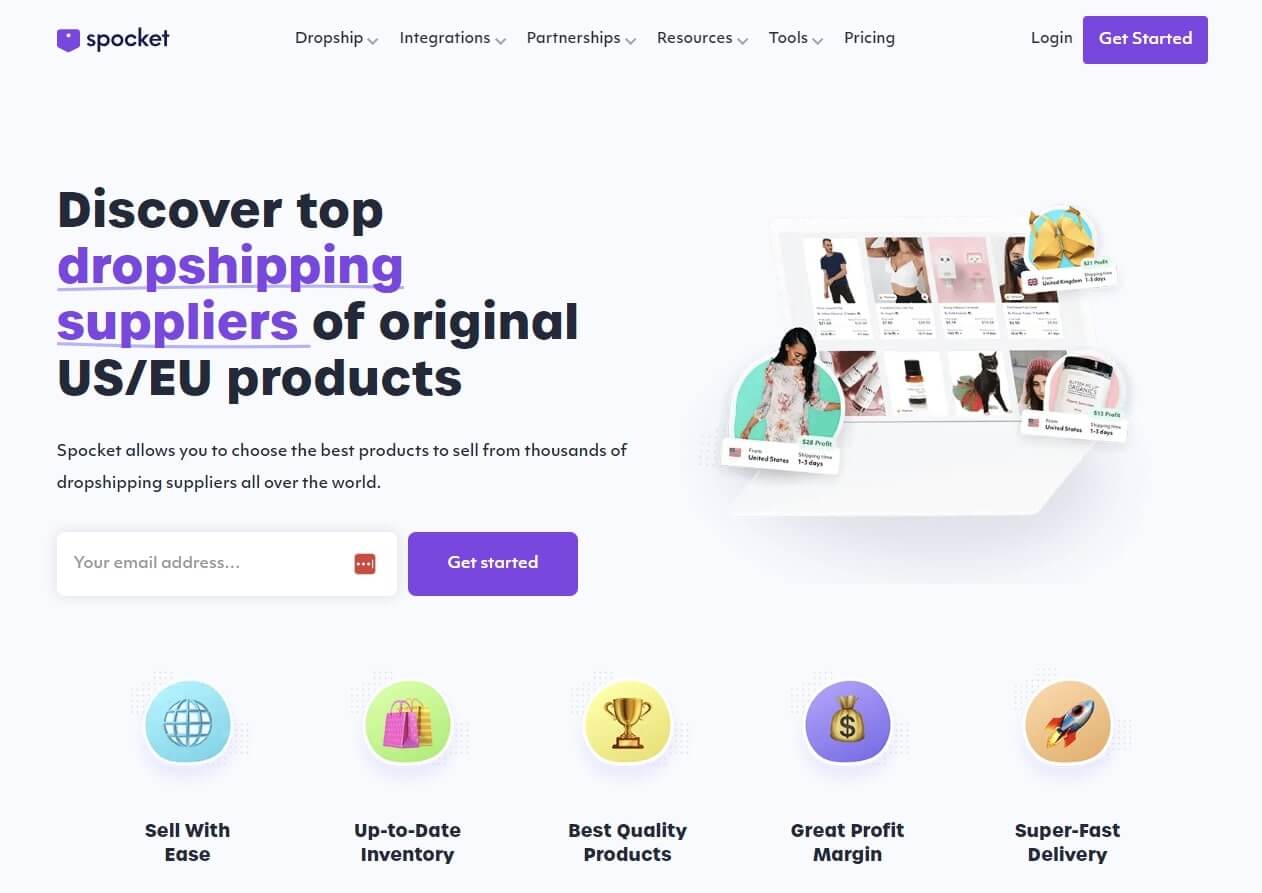
Spocket could be your reliable partner in carving out a niche in the dropshipping market. Their service focuses on providing you with a multitude of products from various categories, emphasizing quality and a smooth user experience.
Product Categories
Spocket offers a diverse range of products including clothing, accessories, electronics, and home decor. By partnering with suppliers mainly from the US and EU, they make it easier for you to find unique products that stand out in the Philippine market.
Minimum Order Quantity
No minimum order quantity (MOQ) is required when you use Spocket. This feature enables you to start small and test the waters without making a significant upfront investment.
Key Features
The key features of Spocket include:
- A vast selection of high-quality and vetted products.
- Easy integration with popular eCommerce platforms like Shopify and WooCommerce.
- Real-time inventory updates and order tracking.
- Automated order processing to streamline your operations.
Pros
- Access to exclusive deals and discounts on premium products.
- Branded invoicing, allowing for a more personalized customer experience.
- Sample orders to test product quality before selling.
Cons
- Higher pricing compared to suppliers that require bulk purchases.
- Limited suppliers from Asia, which could affect shipping times to the Philippines.
Pricing
Spocket’s pricing structure includes a free trial, which leads to various paid plans tailored to meet different business needs. Pricing plans offer increased functionality, such as premium search, bulk checkout, and more.
12. Banggood
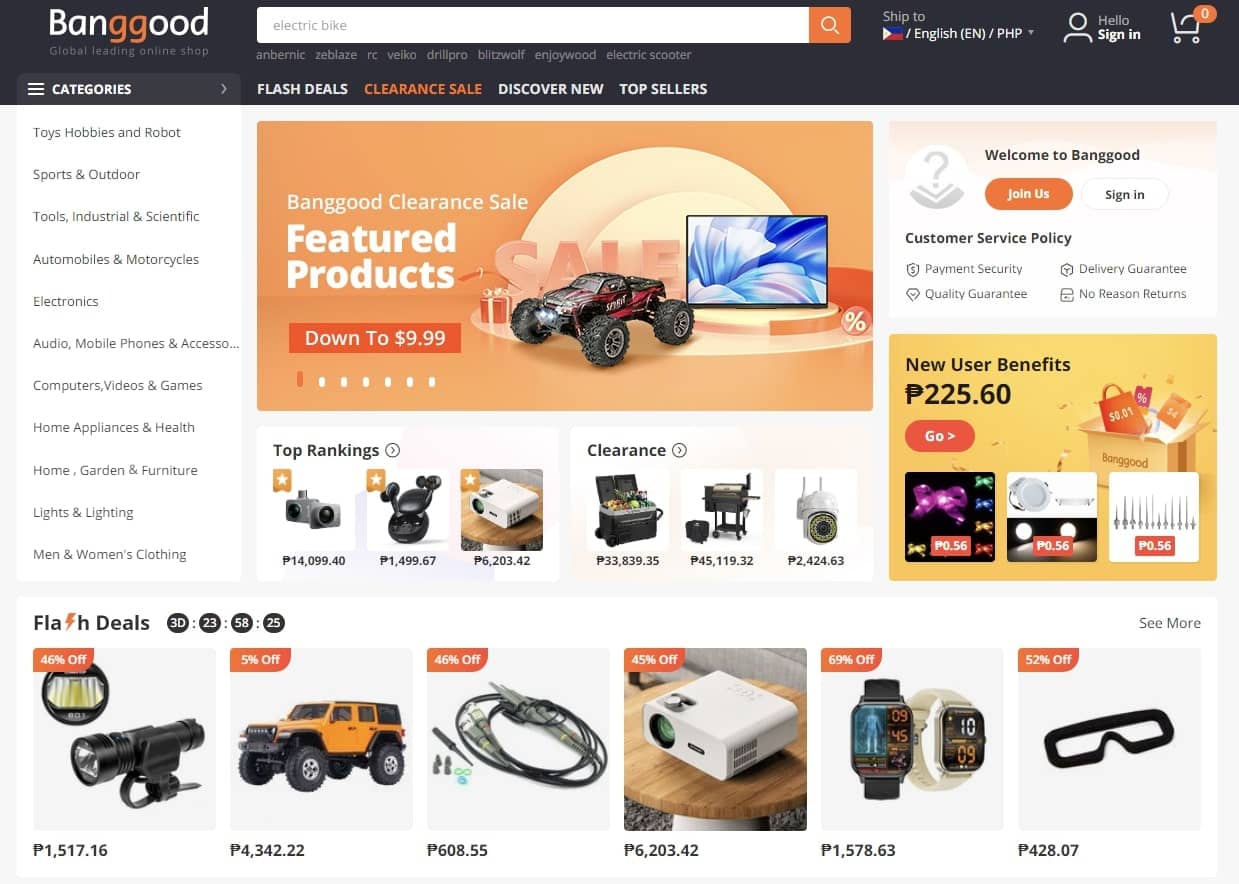
If you’re venturing into the dropshipping landscape in the Philippines, Banggood offers an extensive range of products coupled with reliable service, making it a great partner for your business.
Product Categories
Banggood shines with its diverse product offerings. Your niche could be electronics, fashion, or home decor, and you’d still find an array of items to choose from.
They constantly update their inventory, aligning with market trends that keep your product listings fresh and appealing to customers.
Minimum Order Quantity
A key advantage of Banggood’s dropshipping service is the no minimum order quantity (MOQ) requirement.
This means you can test the market with various products without a significant upfront investment, making it easier for you to start small and scale quickly as you find your winning items.
Key Features
Banggood’s dropshipping program boasts features designed for your convenience:
- Global Warehouse Network: Speedy delivery due to strategically located warehouses.
- Datafeed for Product Details: Easily upload product information to your store.
- Dedicated Support Service: A reliable customer service team to assist with your inquiries.
- Dropship Discount: Earn competitive discounts as your sales volume increases.
Pros
- Wide Range of Products: Thousands of items across multiple categories.
- Ease of Use: User-friendly platform perfect for beginners.
- Marketing Support: Access to professional photos and descriptions to boost your marketing efforts.
Cons
- Shipping Times: Delivery can vary, which might impact customer satisfaction.
- Brand Recognition: Products may lack brand recognition, which could be a factor for niche markets that rely on brand loyalty.
Pricing
Banggood offers a tier-based pricing structure where discounts increase as your dropshipping sales grow. This can significantly reduce your costs as your business expands. Product prices remain competitive, giving you room for a healthy profit margin.
13. eSources
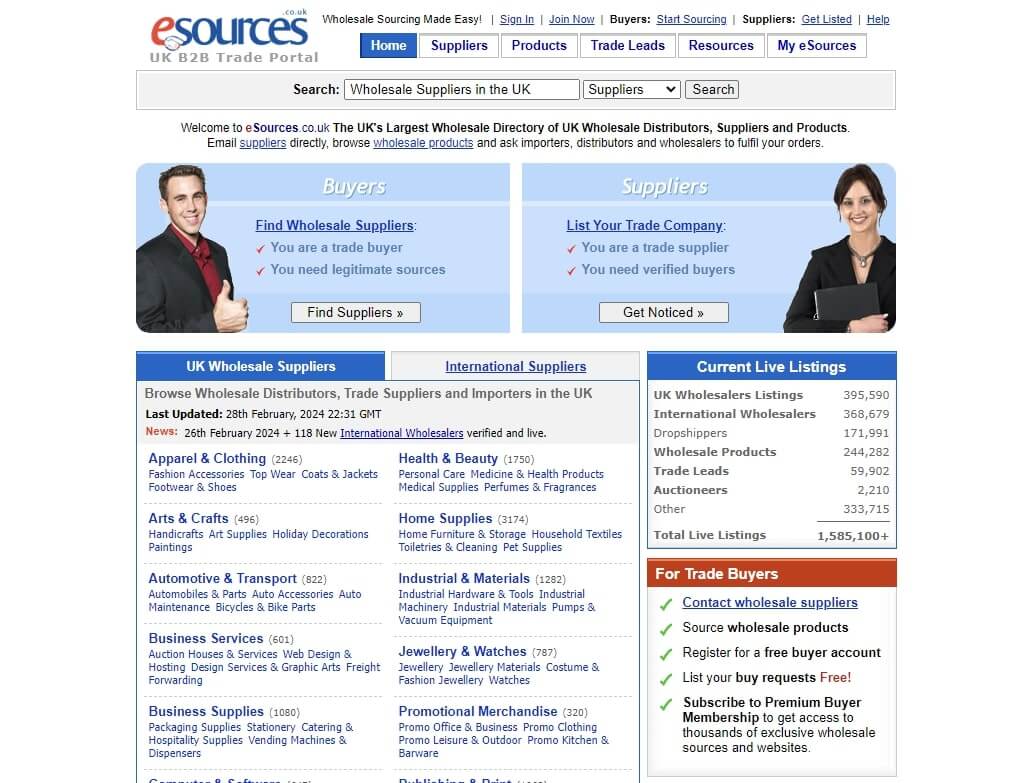
eSources is a platform that connects you with numerous dropshipping suppliers in the Philippines, catering to various niches with a focus on providing reliable service.
Product Categories
eSources offers a wide array of products, extending from fashion and electronics to home essentials. You can discover niche items that align with your business model, ensuring you can cater to specific market demands.
Minimum Order Quantity
eSources stands out by often not enforcing a minimum order quantity. This allows you to test the market with different products without a significant upfront investment, making it ideal for startups.
Key Features
- Niche Flexibility: Select products that resonate with your target audience.
- Reliable Suppliers: Vetted suppliers ensure consistency in service delivery.
- Customer Support: Assistance is readily available to help you navigate any challenges.
Pros
- Access to a diverse range of products suitable for various niches.
- No minimum order requirement, offering you flexibility in inventory management.
- User-friendly interface that enables you to find and compare suppliers quickly.
Cons
- A limited number of suppliers with warehouses in the Philippines, which may affect shipping times.
- The platform may have higher competition in popular niches, challenging product uniqueness.
Pricing
eSources typically operates on a subscription-based model with different tiers to fit your business size and needs. Precise pricing details can be directly obtained from their official website to ensure you choose the best plan for your dropshipping venture.
14. DHgate
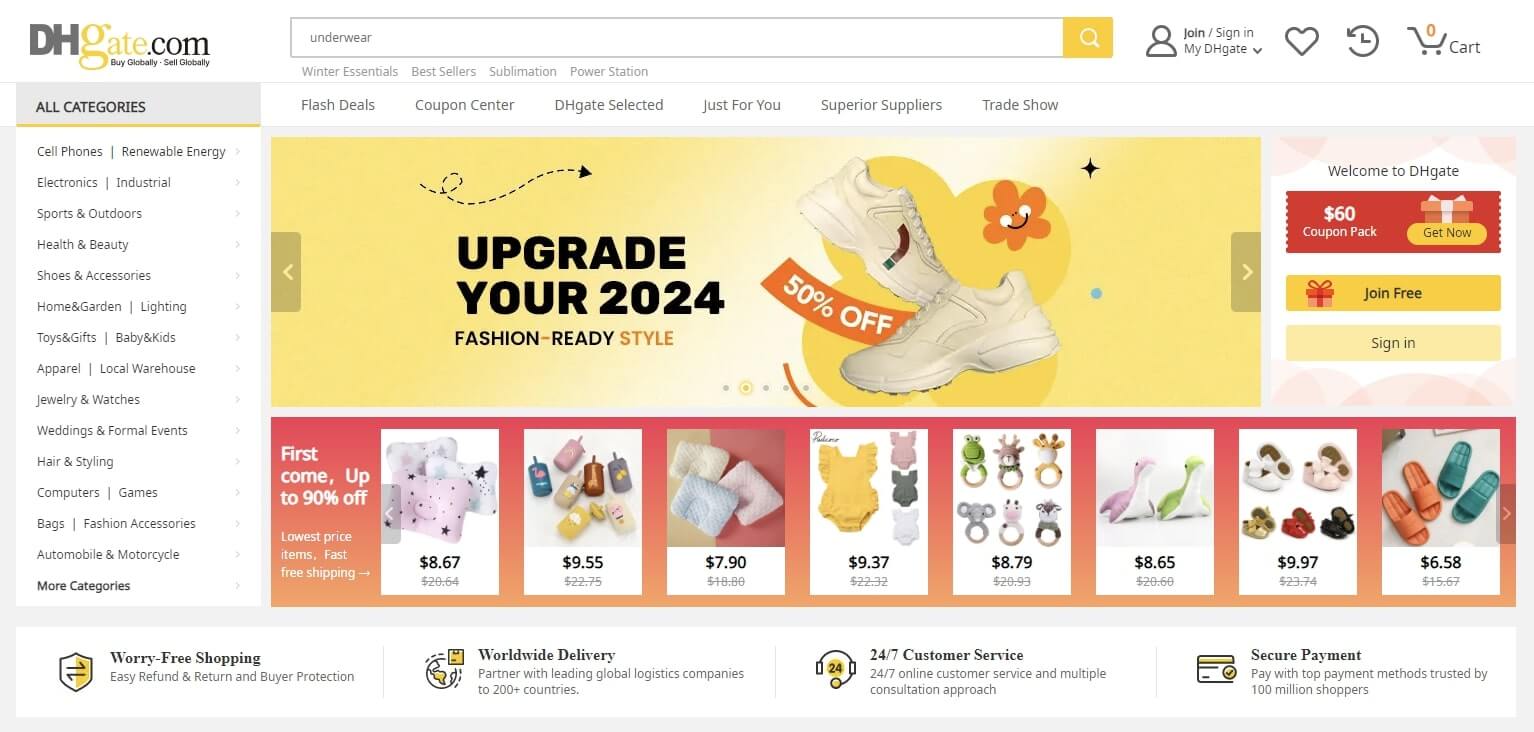
DHgate stands out as a global wholesale platform offering an extensive variety of products. As you consider suppliers for your dropshipping business in the Philippines, DHgate provides a reliable service with features aimed at optimizing your operations.
Product Categories
DHgate boasts a wide range of product categories that include electronics, home and garden items, sports equipment, apparels, shoes, and jewelry. This breadth makes it easier for you to find niche products tailored to your dropshipping store’s theme.
Minimum Order Quantity
Most items on DHgate do not have a minimum order quantity, which facilitates the dropshipping process. This means you can order products on an as-needed basis without the pressure of bulk purchases.
Key Features
- Global Warehouses Including the Philippines: Expedited shipping and reduced wait times for your customers.
- Buyer Protection Policies: Ensures transactions are secure and reliable.
- Customer Service: Access to 24/7 support ready to assist with any query or issue.
Pros
- Diverse Inventory: A multitude of products across different categories.
- User-Friendly Interface: Simplifies the process of finding and ordering products.
- Local Warehouses: Possibility to ship faster within the Philippines.
Cons
- Mixed Supplier Quality: The quality of suppliers can vary, which requires thorough vetting.
- Shipping Times: While there are local warehouses, some items might still ship internationally and incur longer delivery times.
Pricing
Pricing on DHgate is competitive, with opportunities to get discounts on bulk orders. However, as you’re dropshipping, bargains and deals may vary on a per-product basis.
15. Dropify
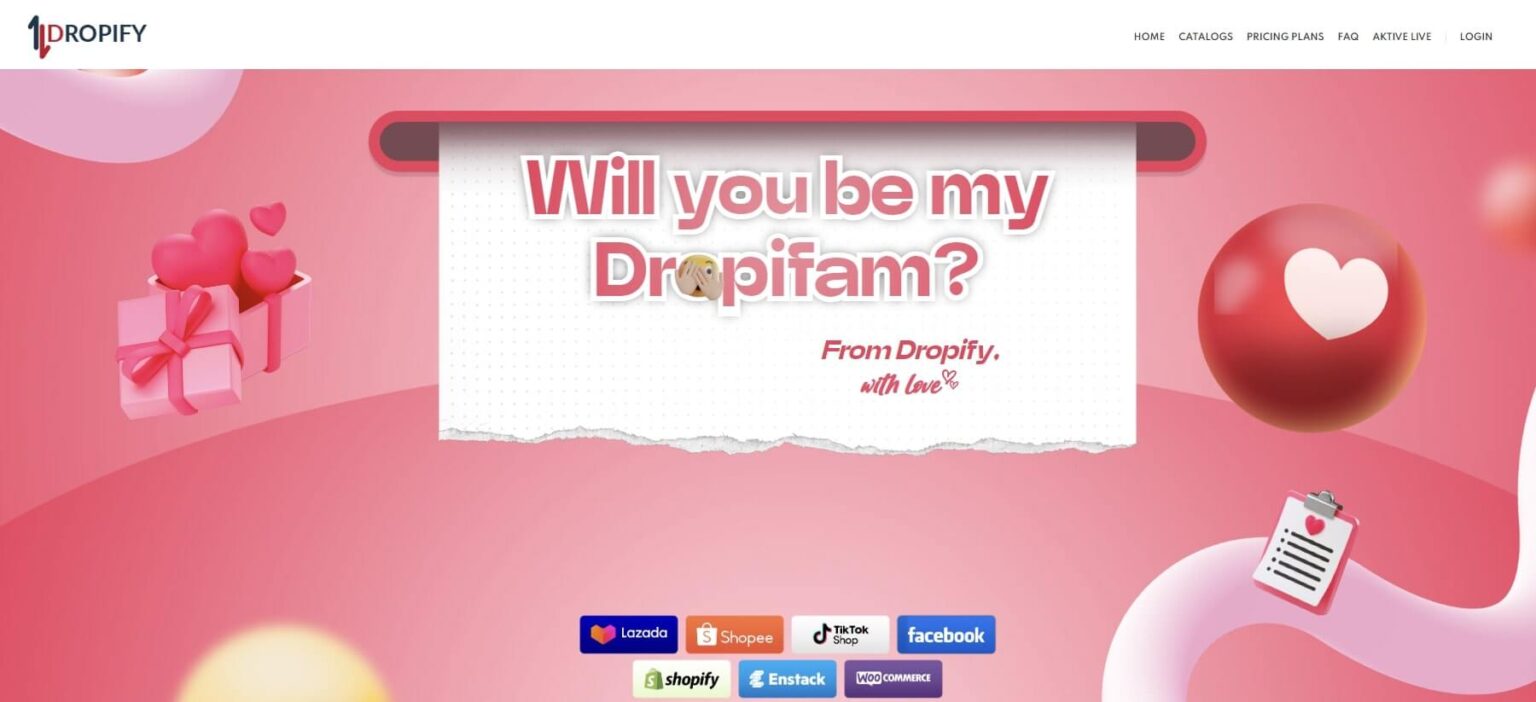
Dropify positions itself as the leading cash on delivery drop shipping service in the Philippines, integrating with major platforms like Lazada and Shopee.
Product Categories
Your options with Dropify are extensive, catering to various niches. You can select from a wide array of products in electronics, fashion, home goods, and more.
Minimum Order Quantity
Dropify excels in its offering with no minimum order quantity, making it ideal for businesses of any size.
Key Features
The key features that make Dropify a popular choice include integration with local platforms, a user-friendly dashboard, and reliable order fulfillment services.
Pros
- No setup fee: Start without any upfront cost.
- Niche versatility: Offers products across numerous categories.
Cons
- Limited global reach: Mainly focused on the Philippine market.
- Service costs: Additional fees for services could add up.
Pricing
Dropify’s pricing model is straightforward: pay-as-you-go for services used, allowing for predictability in managing your costs. More details can be found on their official website.
16. Printful
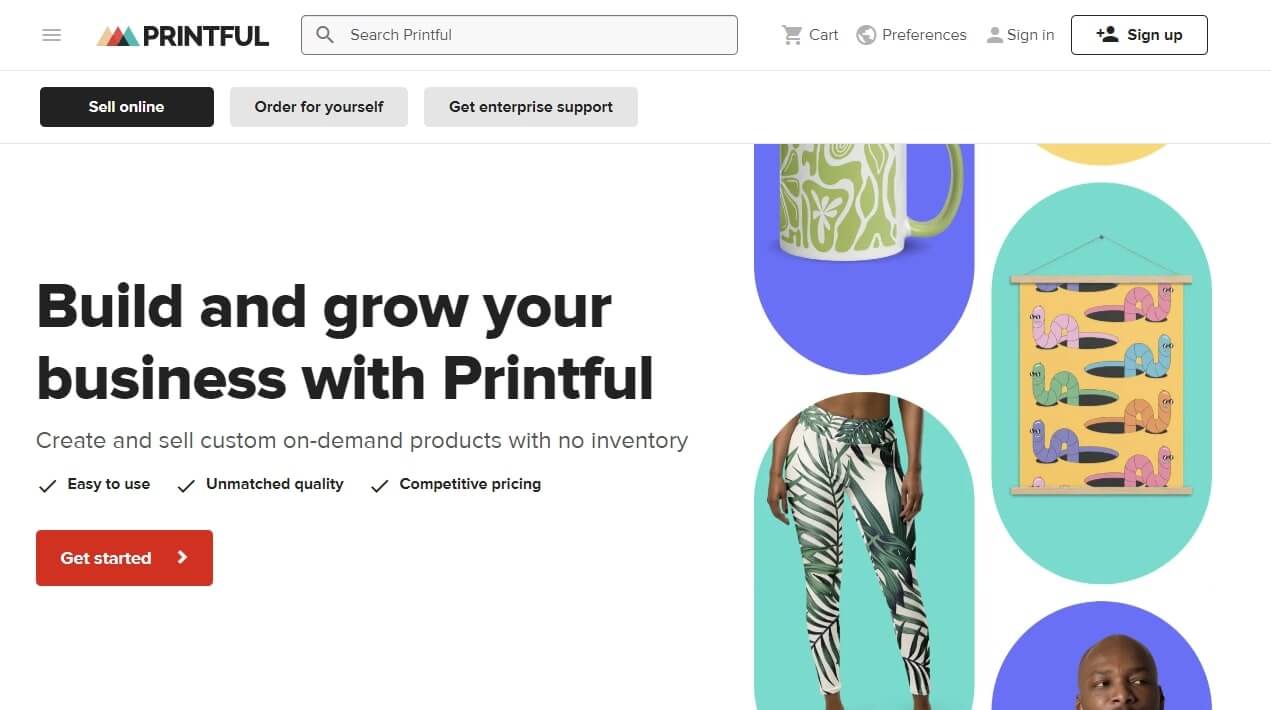
When considering Printful for your dropshipping business in the Philippines, you’re looking at a service that’s especially known for its broad range of customizable products and ease of integration.
With Printful, you have a partner that values quality and provides a reliable service to help you establish your niche.
Product Categories
- Clothing: T-shirts, hoodies, and swimwear
- Accessories: Hats, bags, and phone cases
- Home & Living: Posters, pillows, and mugs
Minimum Order Quantity
- No minimums: Order as much or as little as you need, perfect for businesses that are testing the market or scaling operations.
Key Features
- Customization: Design your products with ease on their platform.
- Integration: Tools to connect with major eCommerce platforms.
Pros
- Quality Products: High-quality items ensuring customer satisfaction.
- Print-on-Demand: Only produce what you sell to minimize waste.
Cons
- Shipping Time: Longer shipping times to the Philippines compared to local suppliers.
- Cost: Might be higher compared to regional suppliers.
Pricing
- Product Costs: Prices determined by product selection and customization options.
- Shipping Fees: Variable rates based on destination and package dimensions.
17. Printify
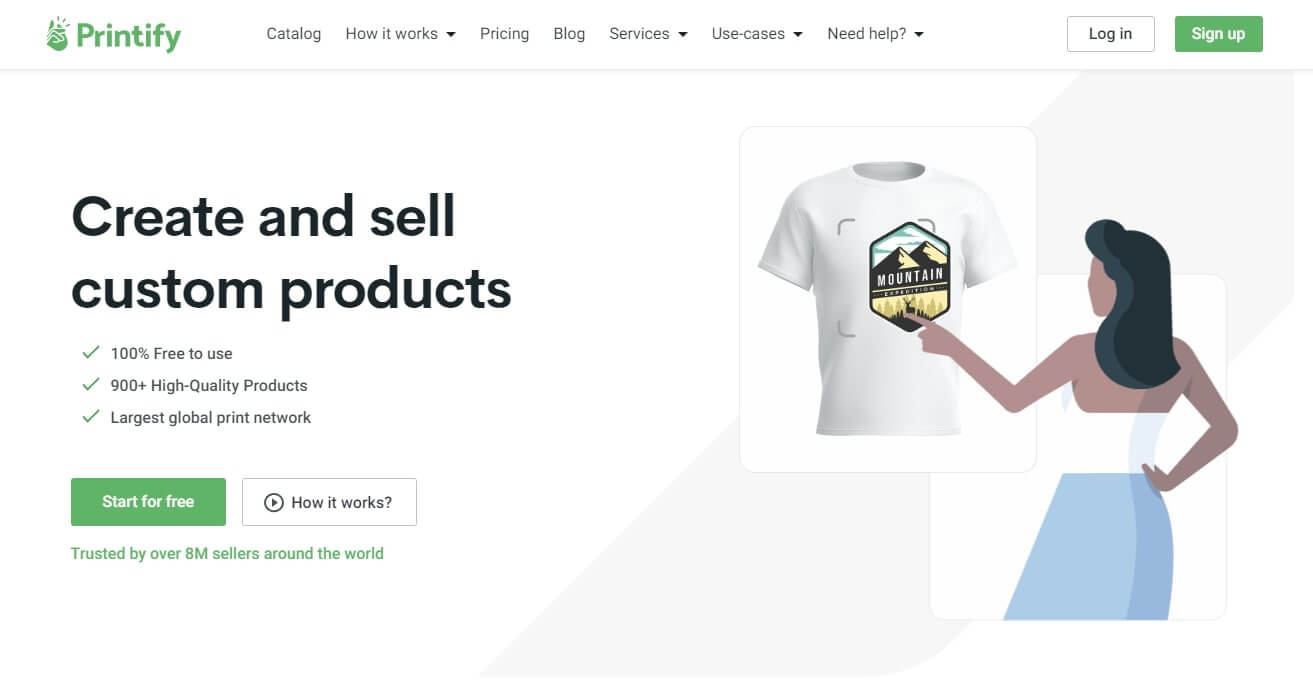
Printify is a key player in the dropshipping market, providing you with extensive options in product categories and features that cater to various niches.
This platform is known for its reliable service, making it a suitable choice for your eCommerce needs in the Philippines.
Product Categories
Printify offers a diverse range of products which includes but is not limited to apparel, accessories, and home goods. This allows you to find a niche that resonates with your brand or take advantage of broader market trends.
Minimum Order Quantity
One of the major advantages of using Printify is that there is no minimum order quantity. This means you can start dropshipping with minimal risk and without the pressure of holding inventory.
Key Features
- Mockup Generator: Create product images easily.
- Integration: Connect seamlessly with eCommerce platforms like Shopify or Etsy.
- Global Network: Printify’s network of suppliers ensures timely fulfillment and shipping.
Pros
- Diverse Product Selection: Cater to a wide market or specialize in a niche.
- No Inventory Needed: Reduces your start-up costs significantly.
Cons
- Shipping Costs: Shipping can be higher compared to local fulfillment.
- Production Time: Some products may require longer production times which could affect delivery.
Pricing
Printify operates on a freemium model. You can start for free and later upgrade to a premium account to benefit from discounts and other advanced features. Check their website for detailed pricing information.
How to Choose the Right Dropshipping Supplier in the Philippines?
Choosing the right supplier can make or break your dropshipping business, especially in a fast-moving, price-sensitive market like the Philippines. Here’s how to find a supplier that works for your local audience:
- Assess the Quality of Products: Filipino buyers care about value for money. Poor-quality products often get blasted on social media or review sections. Look for suppliers that offer decent QC (quality control), especially if you’re selling beauty, clothing, or electronics.
- Evaluate the Inventory: Inconsistent stock is a common issue among local resellers. Choose suppliers that update their inventory frequently—whether they’re based in Manila, Cebu, or Dumaguete, or use platforms like Dropify or Shopee where stock visibility is clearer.
- Logistics and Shipping Time: Local customers expect quick and affordable delivery. COD (Cash on Delivery) is still preferred by many, especially outside Metro Manila. Partner with suppliers who support same-week shipping or have hubs with fast delivery options through J&T, LBC, or Shopee Xpress.
- Reliability and Reputation: Ask around in local Facebook dropshipping groups or online seller communities. Many local suppliers are word-of-mouth famous, and others are known for inconsistent service. Trust what local sellers are saying, not just what’s on the website.
- Services and Support: Whether it’s an order issue or a missing LBC tracking number, you’ll want support that replies quickly. Local suppliers like Dropify and Lynns Fashion Store usually respond via Messenger or Viber, make sure they’re reachable when it counts.
- Manufacturer or Wholesale Options: If you’re sourcing from local RTW suppliers like Lynns Fashion Store, you might get faster restocks and more culturally relevant designs. But if you’re importing from DHgate or Banggood, weigh the lower prices against longer wait times and customs delays.
- Align with Your Store’s Niche: Selling apparel? Look at Spocket or Lynns. Want something fast-moving and COD-friendly? Try Dropify or Shopee. The best supplier is the one that matches your brand goals and can deliver reliably to your target cities or provinces.
How to Start Dropshipping in the Philippines?
Just like any other country, starting a dropshipping business in the Philippines is a process that consists of several steps.
Step 1: Choose a Niche and Validate Demand

The Philippine eCommerce market is fast-growing, but also highly price-sensitive. That’s why choosing the right niche upfront is critical.
Start by picking a category you’re interested in, like home décor, pet accessories, or K-beauty, and then narrow it down. Instead of going broad (e.g., “clothing”), go specific (e.g., “plus-size streetwear for women in Metro Manila”).
Use tools like Google Trends, Lazada/Shopee top sellers, and Facebook Marketplace to spot local demand. You can also browse Facebook groups and TikTok trends to discover what Pinoy shoppers are currently hyping.
Local Insight: Products with good resale value, practicality, or gift potential (e.g., organizers, skincare sets, tumblers) tend to perform well. But fads fade fast, so don’t build your store around viral-only items.
Once you’ve shortlisted a few ideas, check if your niche has:
- Steady search demand (try long-tail keywords like “UV umbrella Philippines”)
- Reasonable competition
- Local shipping feasibility
Key takeaway: Don’t just follow global trends, think about what works for Filipino consumers, including budget, lifestyle, and logistics.
Step 2: Understand Your Market and Spy on Competitors
Now that you’ve picked a product niche, it’s time to figure out who you’re selling to and who you’re up against.
Start with local competitor research. Search your niche keywords on Google or local eCommerce marketplaces.
You’ll quickly see which sellers are ranking high, how they present their products, what pricing they use, and how they handle delivery or COD.
Next, create a simple buyer persona. Ask yourself:
- Are you targeting students, office workers, or moms shopping on a budget?
- What platforms do they use most (Shopee, TikTok Shop, FB Marketplace)?
- What’s their spending range?
In the Philippines, many shoppers prefer:
- Cash on Delivery
- Low shipping fees or freebies
- TikTok/FB content before buying
Tailor your brand, pricing, and promotions based on that.
Step 3: Naming and Branding
Now that you’ve locked in your product and audience, it’s time to choose a name and define your brand personality.
Tips:
- Pick a name that’s easy to spell, short, and sounds familiar to your Filipino audience.
- Check domain availability using sites like Namecheap or GoDaddy.
- Design a logo and brand color palette that fits your niche. (You can use Canva for free!)
- Think about your tone too, should your brand sound cozy and conversational, or modern and premium?
Example: Selling minimalist desk organizers? Go for a clean, neutral aesthetic with soft beige tones and a sleek font.
Step 4: Finding Suitable Dropshipping Suppliers
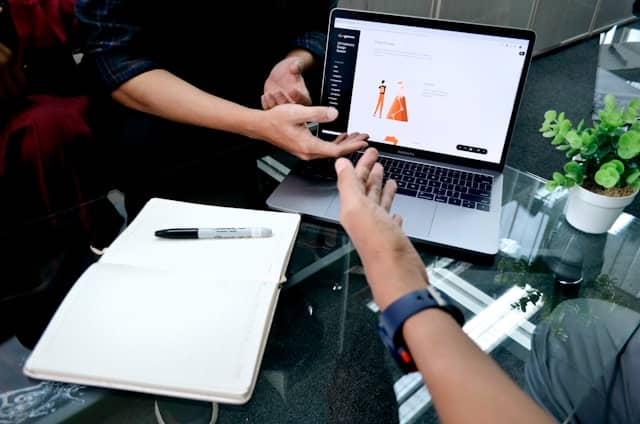
Your supplier can make or break your store, so don’t skip this step.
Look for:
- No MOQ (Minimum Order Quantity) so you can test products
- Local warehousing or COD options, which are big selling points in PH
- Good reputation, easy communication, and consistent product quality
Refer to our detailed list of dropshipping suppliers in the Philippines (above). Whether you want local sourcing (Dropify, Shopee sellers) or global access (Printify, NicheDropshipping), you’ll find the right fit.
Step 5: Building Your Ecommerce Store
Congrats on finding a supplier! Next, it’s time to build your online store. First, choose an eCommerce store builder such as Shopify or WooCommerce. Shopify is a full-service builder with hosting included, while WooCommerce is a WordPress plugin.
Shopify is straightforward to use and has a drag-and-drop website editor, but there isn’t a free version. On the other hand, WooCommerce is entirely free to use, but you’ll need to pay for hosting and domain name to have a WordPress website.
If you don’t have too much experience building online stores, we recommend starting with Shopify since it’s a much more beginner-friendly option.
Step 6: Importing Your First Product Listings
Once you’ve finished building and designing your dropshipping store, it’s time to integrate it with your chosen dropshipping supplier for the Philippines. Some suppliers will automatically integrate with Shopify, while others will supply you with .csv files
Choose the products you want to import, and don’t forget to customize the titles, product descriptions, and prices. Take care of how you price your products – ensure you calculate your profit margins correctly and take all of your costs into account.
Step 7: Marketing and Sales

Your next step after importing the desired products is marketing and sales. And this is the fun part for most dropshippers – this is what you should be doing.
To promote and sell your products, try to be present on social media channels where your targeted audience is. Give value to your potential customers by constantly sharing valuable content without being too pushy.
And always remember that you need to gain their trust and position yourself as an authority in your niche.
Our following advice is always to use SEO best practices and optimize your product pages and blog posts. SEO takes longer to bring you results, but once you rank, you enjoy timeless free traffic. Don’t underestimate the power of a well-developed SEO plan.
Step 8: Order Fulfillment and Shipping
Assuming you’ve successfully reached your first sale (hooray!) – Now it’s time to fulfill and ship the order. After receiving the order from your customer, go ahead and place an order for the product at your supplier’s marketplace.
Then, please put down your customer’s address in the delivery location and place a note asking to remove their invoice from the package. Confirm that the order is shipped, and ask them to send you (or your customer) a tracking number.
Frequently Asked Questions
Can I Do Dropshipping in the Philippines?
Yes. Dropshipping is entirely legal in the Philippines and most other countries worldwide. All you need to do is ensure you work according to rules and regulations and pay taxes or duties wherever applicable.
For example, charging VAT in the EU will be obligatory from 1 July 2021 if you sell to EU customers. Stay in the loop on such info, and you’re good to go.
And finally, don’t drop ship any replica or fake branded products. That can result in different penalties and customs clearance issues in countries during transit.
And needless to say, never scam your customers or promise something other than what you’re selling. That’s the only way to build a successful, long-term dropshipping store.
How Do I Get Paid if I’m Dropshipping in the Philippines?
You can use GCash, Maya, bank transfers, or COD (if using Shopee/Lazada). If you’re running a Shopify store, you can set up PayPal, PayMongo, or Xendit as payment gateways.
Is Dropshipping Profitable in the Philippines?
Dropshipping to the Philippines can be just as profitable as in any other country. It all depends on finding the right product and the right audience. With that said, finding the right supplier is another vital aspect to consider.
Your supplier = your products! Always remember that. Being such a key player in your sales chain, your supplier should be reliable and consistent in product quality and order fulfillment. If you cannot rely on your supplier, your online business can quickly fall apart.
How to Look for Suppliers in the Philippines?
To find reliable suppliers in the Philippines, you can start by exploring local online marketplaces and supplier directories. It’s also beneficial to attend trade shows and research suppliers that specialize in the products you want to sell.
Can I Dropship Lazada and Shopee in the Philippines?
You can use platforms like Lazada and Shopee to dropship products in the Philippines. They offer systems that integrate dropshipping functionalities, making it easier for you to start selling online.
Final Thoughts: Seizing Dropshipping Opportunities in the Philippines
Dropshipping in the Philippines offers a great opportunity for starting an online business with low risk. This model removes the hassle of inventory management, making it easier to grow your business.
The increasing trend of online shopping in the Philippines means there’s a big potential for success.
Choosing the right dropshipping suppliers is key. They help you provide a wide range of products and quick delivery. Good suppliers also mean better product quality, which can improve your business’s reputation.
To stand out, offer unique products and develop a strong online presence. Use social media to understand and connect with your customers. This helps you tailor your services and plan your business growth.
Starting or expanding your dropshipping business in the Philippines can be a smart move.
And if you want to get started today, request a free sourcing quote from us at NicheDropshipping. We can help you explore dropshipping opportunities from China to the Philippines.
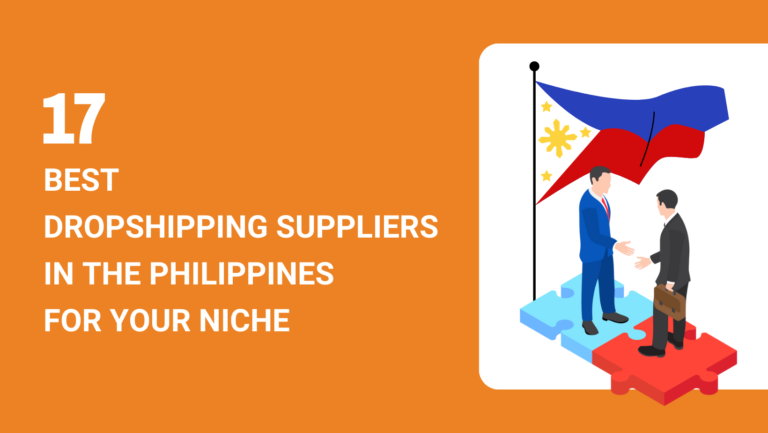

Very informative, i hope the author helps me to do dropshipping business
Wow! this sums up everything. Thank you, Mr. Stanley!